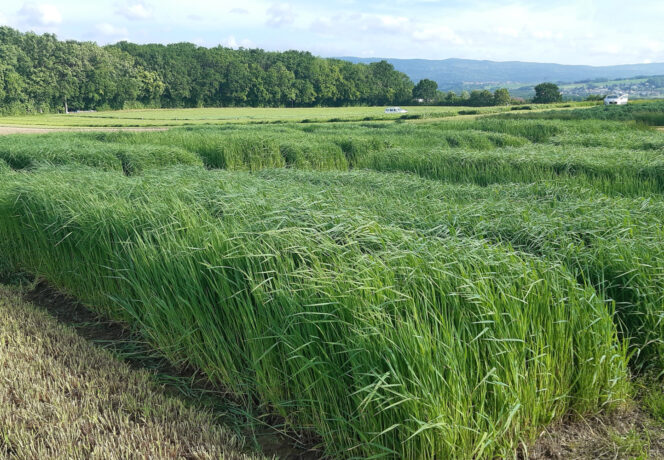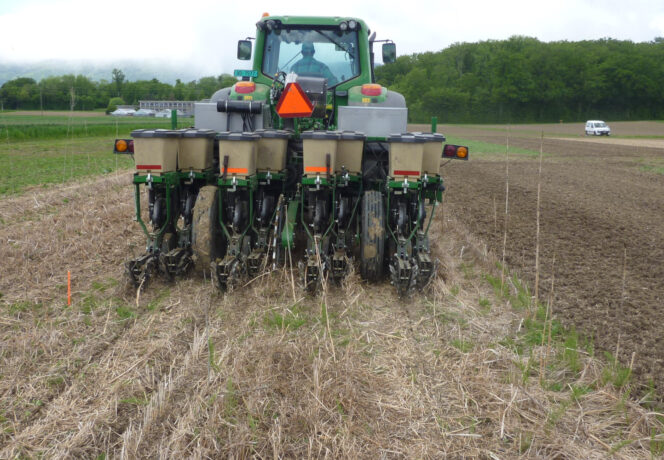Mason Bees: Choosing the Right Species for Cherry- and Apple Tree Pollination
Photo: WildBiene+Partner
Many fruit and vegetable crops are dependent on managed pollinators such as honeybees or bumblebees for pollination. Diversification of these pollinators is essential, since they are not always the best choice for specific crop plants, especially during cold, wet weather.
The value of crop pollination services is estimated at € 153 billion worldwide. Historically, pollination has been provided by wild pollinator populations. Because of a general decline in wild pollinator populations coupled with increased pollination demand for intensive, pollination-dependent crops, additional pollinators are required.
Alternative insect pollinators
The honeybee Apis mellifera and the buff-tailed bumblebee Bombus terrestris are the most commonly used insect pollinators. Our heavy dependence on these species can be problematic as they are not always the best pollinators for specific crop plants. In addition, the occurrence of parasites such as the small hive beetle and diseases such as American foulbrood pose a significant threat to honeybees. For this reason, diversification of managed crop pollinators is essential. The mason bees Osmia cornuta and Osmia bicornis are increasingly used as alternative pollinators for crop plants, although it is still not clear how suitable these species are for fruit pollination.
Mason bees Osmia cornuta and Osmia bicornis trialled in orchards
The study* investigated the suitability of O. cornuta and O. bicornis as controlled pollinators in two cherry and four apple orchards. Both species of mason bee were introduced into the orchards at the start of the flowering period.
O. cornuta emerged 4 ± 2 days earlier and had a nesting rate in cherry and apple orchards at least five times higher than that of O. bicornis. Tests revealed that O. cornuta was observed more frequently in orchards than O. Bicornis and visited flowers more frequently. Ninety-five per cent of the pollen load of O. cornuta was from Rosaceae species (probably apple and cherry), while this figure was just 30% for O. bicornis. This suggests that O. bicornis mainly forages outside of the orchards. In the relatively cool and rainy weather conditions prevailing during the study, O. cornuta proved to be a better pollinator than O. bicornis for early-flowering crops such as cherry and apple.
* This study was funded by WildBiene + Partner.
Conclusions
- Swiss orchards harbour few wild pollinators. This underscores the importance of managed pollinator.
- Managed mason bees offer a suitable alternative to honeybees and bumblebees for apple- and cherry tree pollination.
- The mason bee Osmia cornuta shows greater potential than Osmia bicornis for the commercial pollination of cherry and apple orchards in central Europe.
- The study confirms the importance of Osmia cornuta in Swiss apple and cherry orchards to ensure sustainable pollination even in raw weather conditions.
Bibliographical reference
Osmia cornuta Is a More Suitable Managed Pollinator for Cherry and Apple Orchards Than Osmia bicornis.



